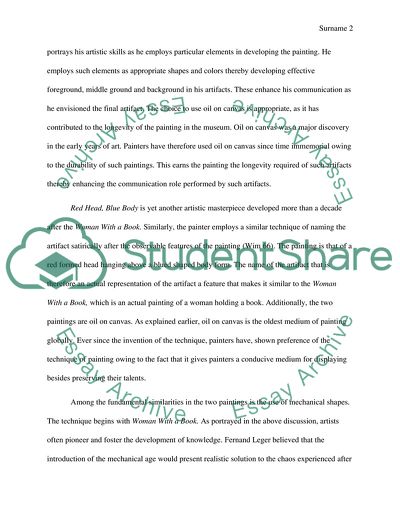Cite this document
(“Comparison of two works in Museum of Modern Art Term Paper”, n.d.)
Comparison of two works in Museum of Modern Art Term Paper. Retrieved from https://studentshare.org/visual-arts-film-studies/1642066-comparison-of-two-works-in-museum-of-modern-art
Comparison of two works in Museum of Modern Art Term Paper. Retrieved from https://studentshare.org/visual-arts-film-studies/1642066-comparison-of-two-works-in-museum-of-modern-art
(Comparison of Two Works in Museum of Modern Art Term Paper)
Comparison of Two Works in Museum of Modern Art Term Paper. https://studentshare.org/visual-arts-film-studies/1642066-comparison-of-two-works-in-museum-of-modern-art.
Comparison of Two Works in Museum of Modern Art Term Paper. https://studentshare.org/visual-arts-film-studies/1642066-comparison-of-two-works-in-museum-of-modern-art.
“Comparison of Two Works in Museum of Modern Art Term Paper”, n.d. https://studentshare.org/visual-arts-film-studies/1642066-comparison-of-two-works-in-museum-of-modern-art.


